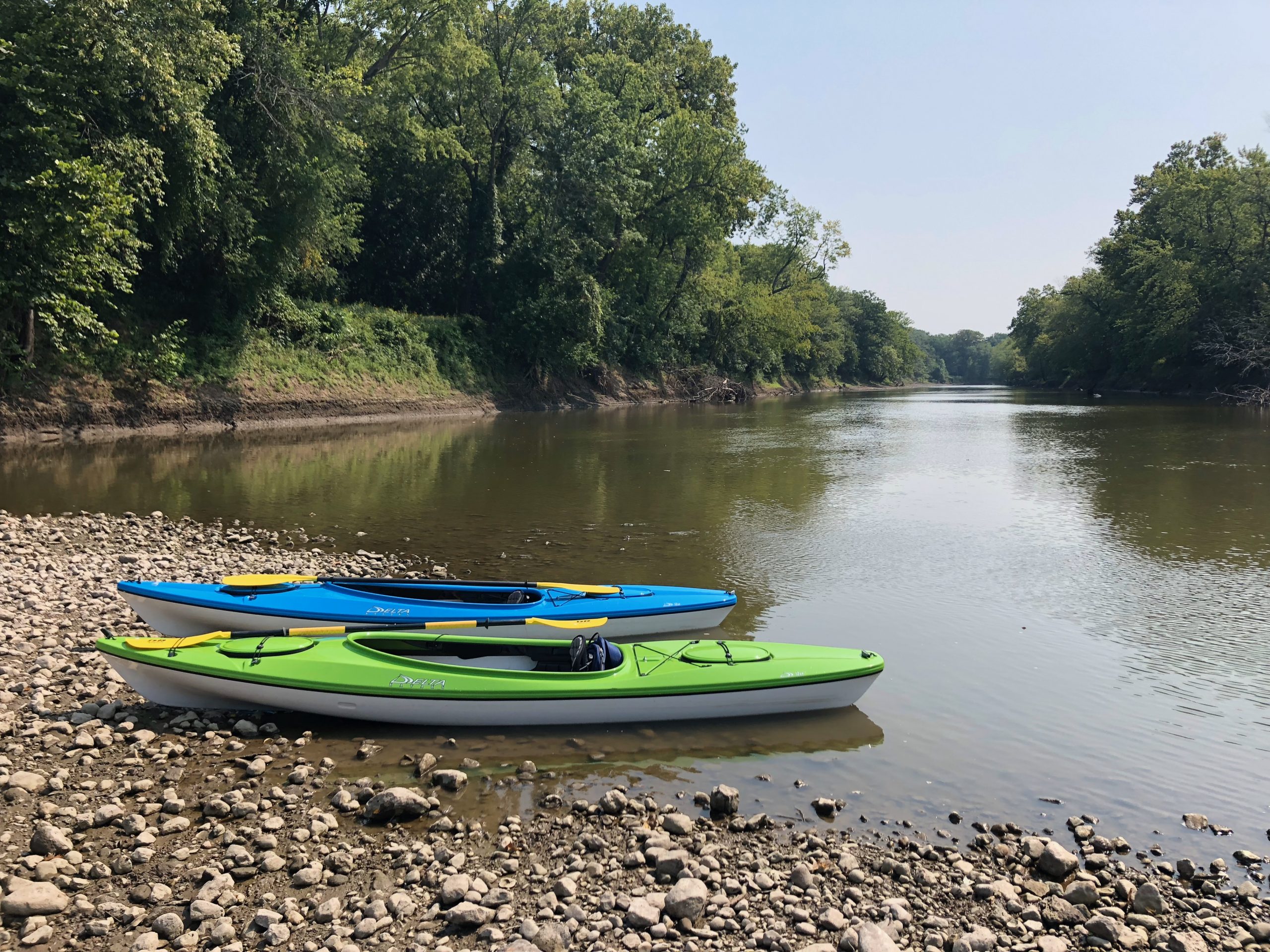

*1877: Thanks to legislative action, the state Natural History Library in Normal transfers part of its collection to Worthen’s new library and museum in Springfield. “Fortunately,” McMillan wrote, “Worthen’s son Charles, asleep in the offices that night, awoke in time to rescue his father’s library and most of the collection.” In 1871, however, the hall burned, destroying the offices of the geological survey.

*1871: When the Civil War broke out, the collection was moved to Springfield’s Masonic Hall at Fifth and Monroe streets.

*1853: Among Norwood’s assistants was Amos Worthen (1813-88), who went on to become Illinois state geologist and then curator of the new Illinois State Historical Library and Natural History Museum in 1877. Here are other highlights from McMillan’s detailed account of the museum’s first 100 years. The specimens were briefly housed in what is now the Old Capitol State Historic Site, but were transferred in 1856 to the original Illinois State Arsenal in the 400 block of North Fifth Street, where they stayed until the Civil War. Norwood’s collection was moved to Springfield in 1855. The first year, twenty-four counties in southern Illinois were surveyed, and by the end of 1853 a large collection of minerals and fossils had been assembled. Owen agreed to share his facilities in this educational, cultural and scientific mecca on the Wabash. Although the survey was authorized, no work space was provided, so Norwood approached his friend and fellow geologist David Dale Owen in New Harmony. It all started in 1851 when the State commissioned its first geological survey by appointing Joseph Granville Norwood as state geologist. Bruce McMillan described the quandary that faced Illinois’ first state geologist in his article on the museum’s centennial, “ The First Century,” published in 1977. The Illinois State Museum began, unlikely as it seems, in New Harmony, Ind.


 0 kommentar(er)
0 kommentar(er)
